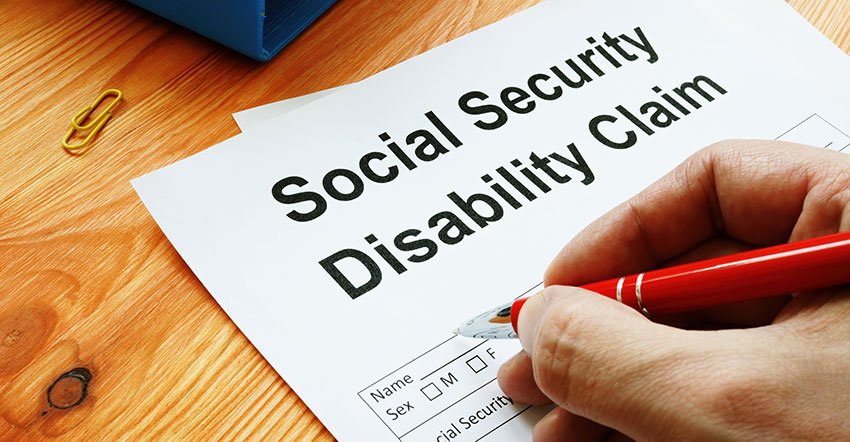Investing small amounts is a great way to start building your financial future, even if you’re dealing with financial hardship. Planning and selecting the correct investment accounts can help you make the most of your money while reducing any potential risks. A lot of people think that just because they have a little bit of money investing is outside of the world of possibilities. However, that’s just not true! In fact, it’s easier to get started with investing than you may think.
Different Ways to Begin Investing with Little Money
When you are reviewing different ways to invest, you want to make sure you have a clear understanding of your financial situation. You want to know how much money you can spare each month to put towards this financial goal. You can get this clear picture by making a budget. A budget is something that lets you know how much money is coming in each month and how much you’re spending each month.
Before deciding how you want to spend your money, you want to list out all the income you get per month. Then, you want to compare that to all your spending for this month. This includes necessities and non-necessities. Once this foundation is laid out, you can look to see where you may be able to save money or use extra money towards investing. Some different ways that people with not a lot of cash choose to invest include:
- Dividend Reinvestment Plans (DRIPS)
- Exchange-Traded Funds (ETFs)
- 401(k) Plans
Dividend Reinvestment Plans (DRIPs)
If you’re looking to invest with a limited amount of capital, then DRIPs can be an ideal solution. DRIPs allow you to invest in dividend-paying stocks. This is possible through purchasing directly from the company. The benefit of this type of investment is:
- No or low fees: Many DRIP programs have no fees or only charge minimal transaction costs.
- Automatic reinvestment: Dividends are automatically used to purchase more shares – helping your investment grow faster through compounding.
If you want to get started, you will need to select a company offering a DRIP program that aligns with your investment goals and interests. Reach out to the firm’s investor relations team or explore their website for details on how to join their scheme. Purchase at least one share of stock directly from the company or through an existing shareholder if required as an initial enrollment step within some plans.
Exchange-Traded Funds (ETFs)
ETFs are like the Swiss Army knife of the investment world. They’re a diversified financial product that tracks the performance of specific sectors in the market. You can buy as little as one share through a broker, making them a great option for those with limited funds.
An exchange-traded fund is a type of investment fund that holds multiple assets, such as stocks, bonds, or commodities. They trade on major stock exchanges like regular stocks but offer investors instant diversification by tracking various indexes or sectors within the market.
401(k) Plans
A 401(k) is an employer-sponsored retirement savings plan that allows you to put away part of your paycheck into an investment account while offering tax benefits depending on the type chosen. If your employer matches contributions up until a certain percentage point, it’s wise to invest here first before considering other outside investments due to its free-money incentive nature. Some benefits of this type of account include:
- Tax Breaks: Contributions are made pre-tax, reducing your taxable income and potentially lowering your overall tax bill.
- Employer Match: Many employers will match a portion of your contributions, essentially providing “free money” for retirement savings.
- Vesting Schedule: Over time, you gain full ownership rights over the employer-matched funds in your account through a process called vesting.
Balancing Debt with Saving and Investing
It’s crucial to balance debt management, saving, and investing. Pay off high-interest debts like credit card balances before starting to invest. Nevertheless, debts with lower interest rates or tax benefits such as mortgages can be maintained while pursuing investments of higher risk but potentially greater returns, like stocks.
Creating a Plan for Paying Down Debt While Investing
- Create a budget: Determine how much money you have available each month after covering necessary expenses.
- Prioritize high-interest debt: Allocate the majority of any extra funds towards paying off these balances first.
- Maintain minimum payments on other debts: Continue making minimum payments on lower-interest loans while focusing on high-interest ones.
- Incorporate savings goals: Set aside some money for emergencies and long-term goals, even if it’s just small amounts initially; this helps build good habits over time.
The Power of Compounding
Accumulating gains through reinvestment can cause a snowball effect, leading to increased size and velocity. It’s the process of reinvesting earnings over time, resulting in exponential growth. Starting early is key, even if you don’t have much to invest initially.
Compound interest is the magic behind compounding. It’s the interest earned on your initial investment and any accumulated interest from previous periods. This means your money grows faster and faster over time.
Conclusion
Investing small amounts can still yield significant returns, so don’t let a limited budget hold you back from building wealth. Consider Dividend Reinvestment Plans (DRIPs) and Exchange-Traded Funds (ETFs) as viable options for beginner investors. Besides these, a 401(k) plan is also a great choice. However, make sure to assess your personal financial situation and create a plan for paying down debt while investing. Remember, the power of compounding is crucial in maximizing returns over time, so start investing as early as possible. Investing doesn’t need to cost an arm and a leg to get into.


